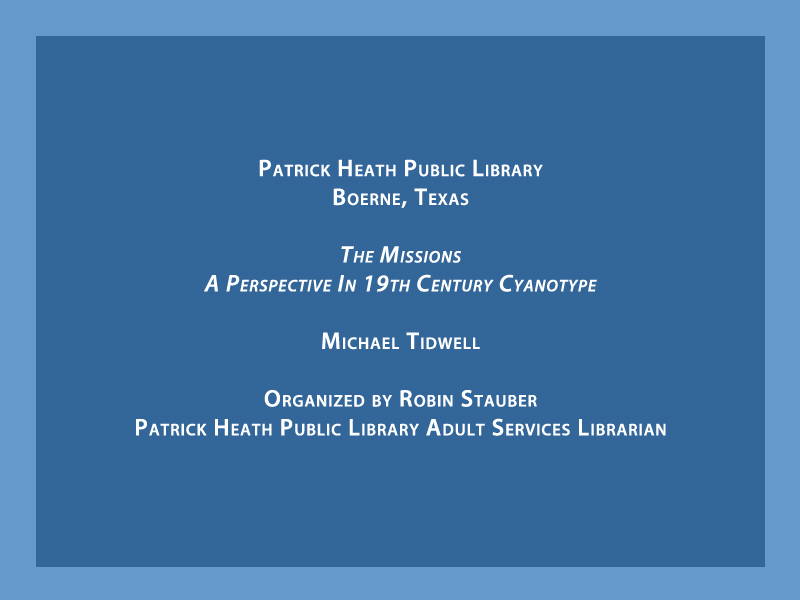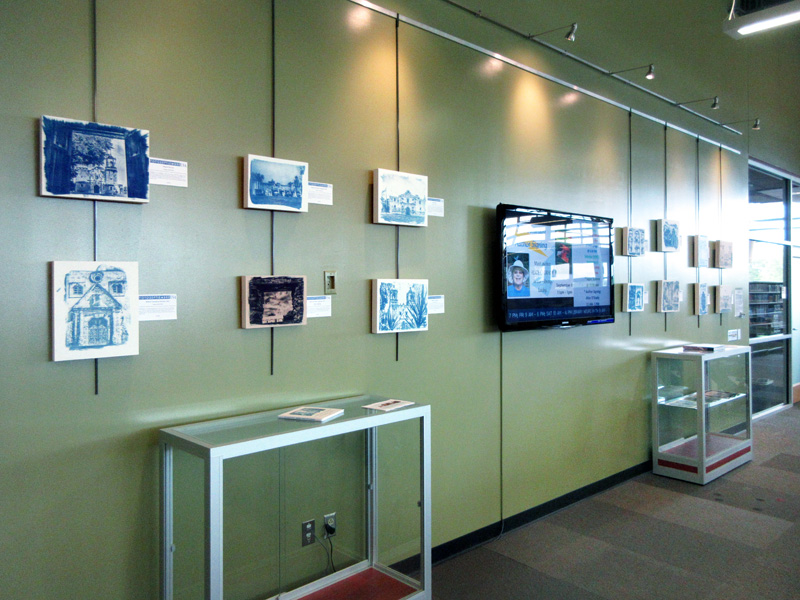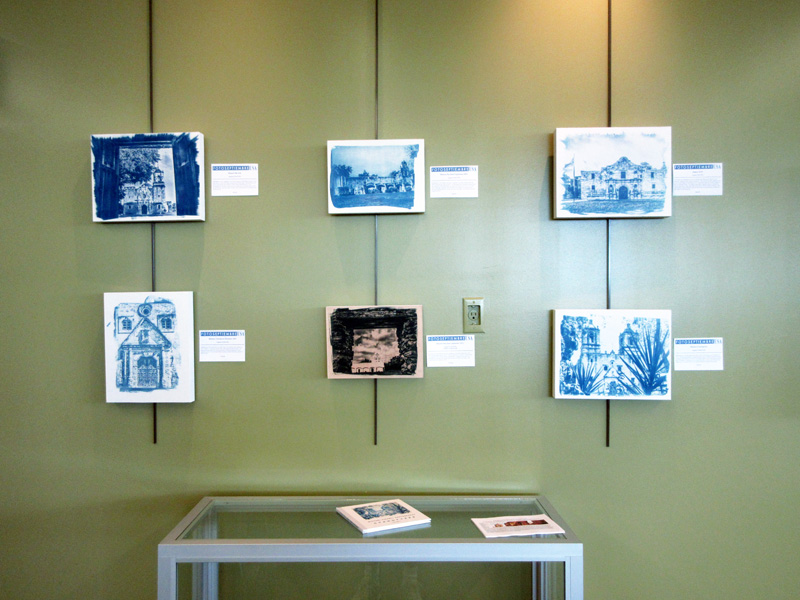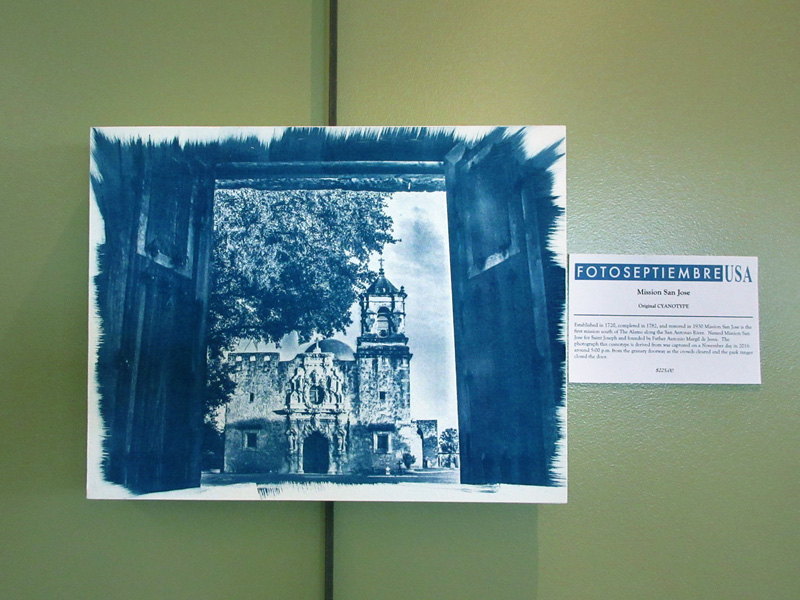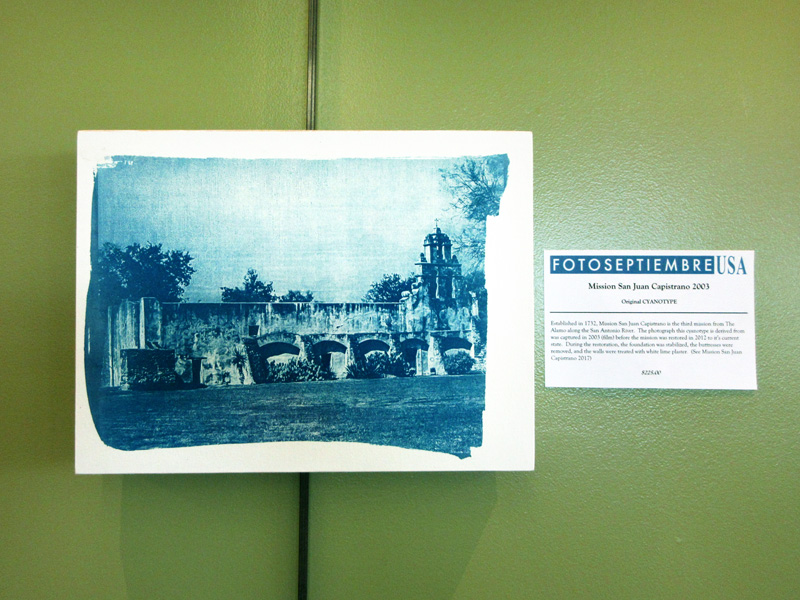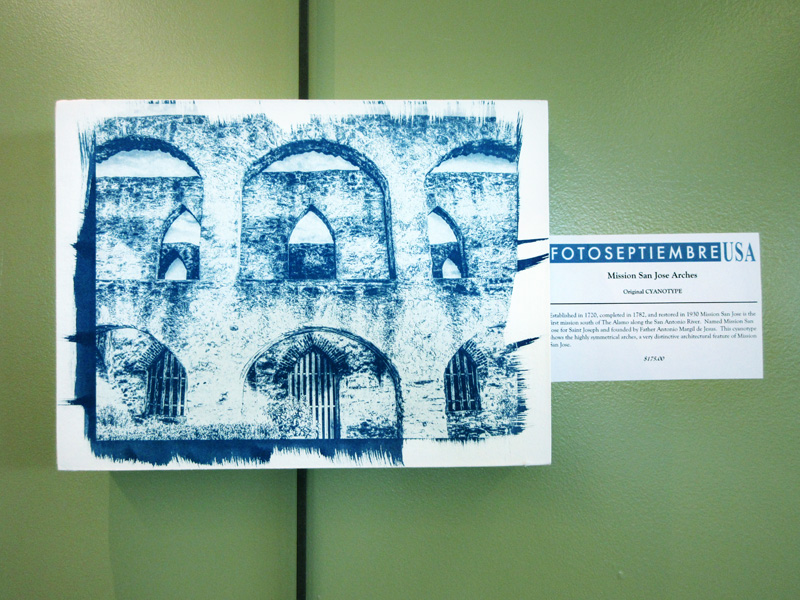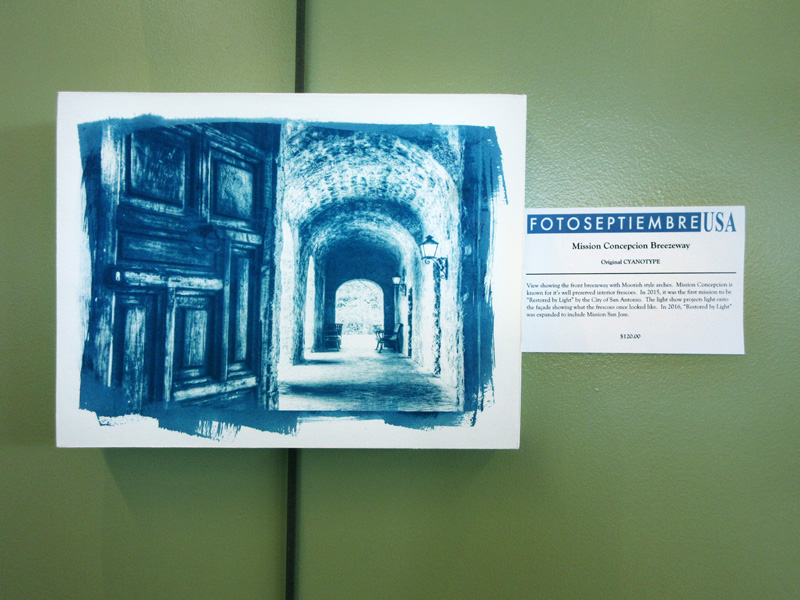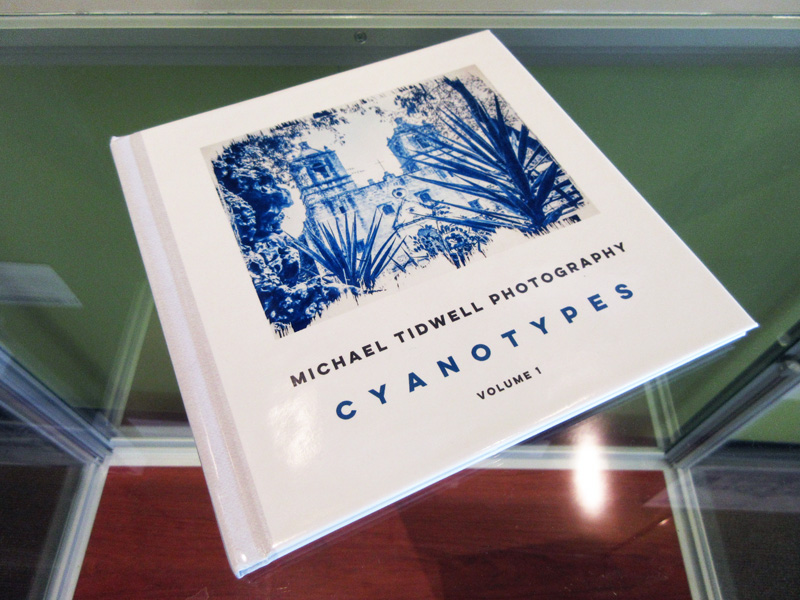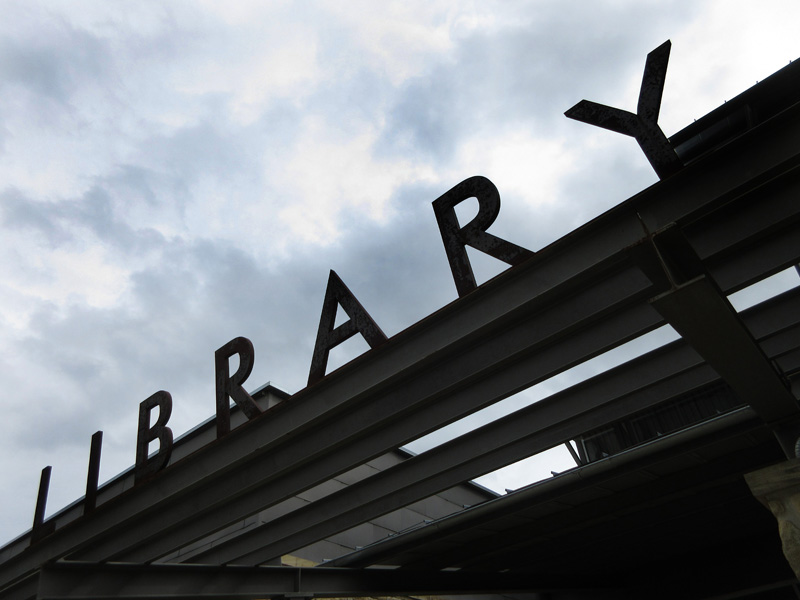FOTOSEPTIEMBRE USA 2018 – Boerne Public Library
FOTOSEPTIEMBRE USA 2018 Exhibition Documentation
The Missions – A Perspective In 19th Century Cyanotype
Michael Tidwell
Patrick Heath Public Library
Boerne, Texas
Artist’s Statement
As a practicing organic chemist and an artist, I enjoy pursuing opportunities to merge my passions for chemistry and photography. In my job as a Research Scientist at UTSA’s Center for Innovative Drug Discovery, I work with a team of chemists discovering new drugs using organic chemistry. I have been a member of the Viewfinders Photography Club at Southwest Research Institute since 2011 and served a two-year term as club President. Subjects that I have photographed over the years are extremely diverse and wide ranging. However, the beautiful city of San Antonio and the San Antonio Missions are among my favorites. As a subject, I believe the Missions are ideal for the cyanotype process. The color blue is well known for evoking emotions like calmness, serenity, tranquility, and peace. Printing the missions using the cyanotype process enhances these emotions in the viewer. In addition, the lack of multiple vibrant colors forces the artist and the observer to focus almost exclusively on the composition, which is perhaps the most important aspect of photography. Practicing this alternative photography technique perfectly unites my passion for chemistry with my artistic pursuits as a photographer.
About Cyanotypes
Unlike traditional silver halide-based photography (calotype, daguerreotype, etc.), cyanotypes are based on a redox reaction of iron salts. The story of the cyanotype begins in 1704 with the accidental discovery of the pigment Prussian blue when Johann Konrad Dippel, an alchemist from Castle Frankenstein, provided an artist’s color maker with potash contaminated with Iron and Cyanide (from an “animal oil” medicine he was making also known as the “elixir of life”). Then 138 years later, in another accidental discovery, the British chemist and astronomer, Sir John Herschel coated paper with potassium ferricyanide and exposed it to sunlight, and to his surprise, it turned blue. Soon after, the British botanist Anna Atkins used his new process to produce photographs of her vast collection of ferns and seaweed. Starting in 1843, she published the first known book illustrated with photographs instead of drawings or paintings and is recognized as the first female photographer. This happened over 46 years before George Eastman patented the “box camera” and 118 years before Ansel Adams visualized his final print of Moon over Half dome.
About the Missions Exhibit
The cyanotypes included in the exhibit are all original and authentic prints containing no other inks, dyes, or pigments other than Prussian blue using Herschel’s original formula from 1842. Each piece is contact printed from sunlight using a digital negative based on my own photographs of the San Antonio Missions (dating back to 2003) onto archival quality, acid-free, cold-pressed, heavyweight papers. Post-toning was accomplished using tea and red wine according to traditional methodologies known in the art. Mounting is on solid wood cradled art board using an archival quality acrylic gel medium.
Ultimately, my goal is for the viewer to appreciate that each original cyanotype begins with a chemical reaction and ends with a unique photograph that cannot be duplicated.
Thank you,
Michael W. Tidwell

